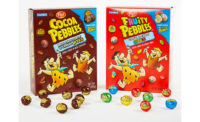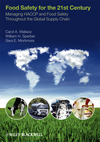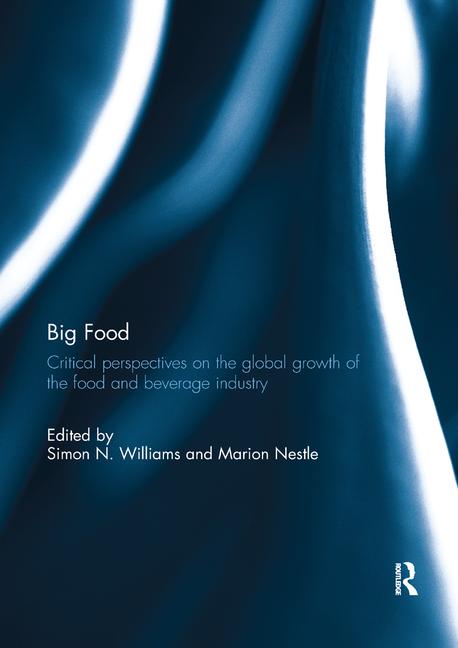Global Confections Market
In 2014, global retail value sales of confectionery reached an all-time high of US$198 billion according to Euromonitor International’s newly published data.

In 2014, global retail value sales of confectionery reached an all-time high of US$198 billion according to Euromonitor International’s newly published data, an increase of nearly $4 billion over 2013.
Driven by a desire for more premium products, consumers in both developed and emerging markets are increasingly turning towards chocolate confectionery as an affordable indulgence and the category represented over half of total confectionery sales in 2014. Meanwhile, growth of sugar confectionery is much lower, although sales were up by US$1.4 billion in 2013 to reach US$62.5 in 2014, thanks mostly to growth in Asia Pacific and Latin America. Increasing dental health concerns mean that the gum category has seen no growth, with the strong performance of sugar-free gum being offset by declines in sugarized gum and bubble gum, with retail value sales static in 2014 at US$24.6 billion.
2014 Sees a Shift in Top 10 Country Rankings
In 2014, Asia Pacific overtook North America to become the second largest confectionery market globally, although it is still a long way off the leader Western Europe, which saw retail value sales of US$62.9 billion in 2014.
The US remains the largest confectionery market globally with 2014 retail value sales of US$31.6 billion, double that of second place China, which sent the UK into third place in 2013.
Russia has been closing in on Germany since 2009 and has since become the fourth largest confectionery market globally, with retail value sales of US$13.4 billion in 2014, US$500 million higher than Germany.
Brazil has leapfrogged both France and Japan to take sixth spot. Confectionery sales in Japan have fallen by US$344 million since 2009, with sales of gum falling particularly hard.
With per capita consumption beginning to fall and plateau in Western Europe, it is unsurprising that the majority of both global value and volume is expected to come from Asia Pacific.
Retail value growth of confectionery in China is driven by sugar confectionery, which dominates the market – only a quarter of absolute growth is expected to come from chocolate confectionery over the next five years. Unit prices of sugar confectionery are half that of chocolate in China, making the category more affordable to a larger number of its 1.4 billion population. Imported and international brands in China are particularly popular, given that they are perceived as being more trustworthy in terms of quality and food safety. Mars is the leading confectionery company in China, with a 19% share of the market in 2014, thanks mostly to the popularity of gum and its Wrigley’s brand.
India is the Fastest Growing Confectionery Market Globally
In India, the world’s fastest growing confectionery market with a forecast CAGR of 9% over 2014-2019, Mars has a low market share, despite the launch of its low price Galaxy/Dove chocolate tablets in 2013. Launching small and very low-priced versions of well-known chocolate confectionery brands has been a leading strategy in India by a lot of companies, including multinationals Nestlé and Mondelez, and has helped drive this strong growth rate. Three quarters of value growth from total confectionery is expected to come from three categories alone over the next five years in India – tablets, countlines and toffees, caramels and nougat.
Western Markets Not to Be Outdone by Eastern Rivals
For Western markets, the main challenge manufacturers face is continuing to get value growth while volume growth begins to decline – Western Europe and North America are expected to account for just 18% of global growth over the next five years, despite being two of the largest markets.
Innovation has been key over the last 12 months and there has been an increasing number of product launches with new flavors, colors, sour and bite size varieties but despite this, value growth fell by US$1.5 billion in Western Europe over the last five years. However, bagged selflines/softlines is one notable success story, as consumers look to re-sealable share and snack bags to help with portion control. The category has grown by US$1.8 billion in Western Europe and North America combined since 2009, posting a CAGR of 5%. Chocolate tablets have also done very well, with a combined CAGR of 3% in North America and Western Europe. While milk chocolate remains the most popular globally at around 40% of retail value sales in 2014, dark chocolate is growing strongly as consumers look for more premium products that are associated with being of a higher quality, have specific origin, fine flavours and contain ethically-sourced ingredients.
Unit Prices Take a Hit as the Cost of Cocoa Rises
One of the most talked about topics in the chocolate industry is the price of cocoa, which is expected to continue to rise. Unit prices of chocolate confectionery have risen from a global average of US$15.2.kg in 2009 to US$15.6/kg in 2014, and are expected to hit US$15.8/kg by 2019. With manufacturers including Hershey, Nestlé and Mars citing the cost of cocoa as a reason to raise unit prices, this will no doubt be an increasingly important theme over the next five years.
See more at: http://blog.euromonitor.com/2014/07/new-confectionery-data-what-is-it-telling-us.html#sthash.o5CdsrGf.dpuf
Looking for a reprint of this article?
From high-res PDFs to custom plaques, order your copy today!






